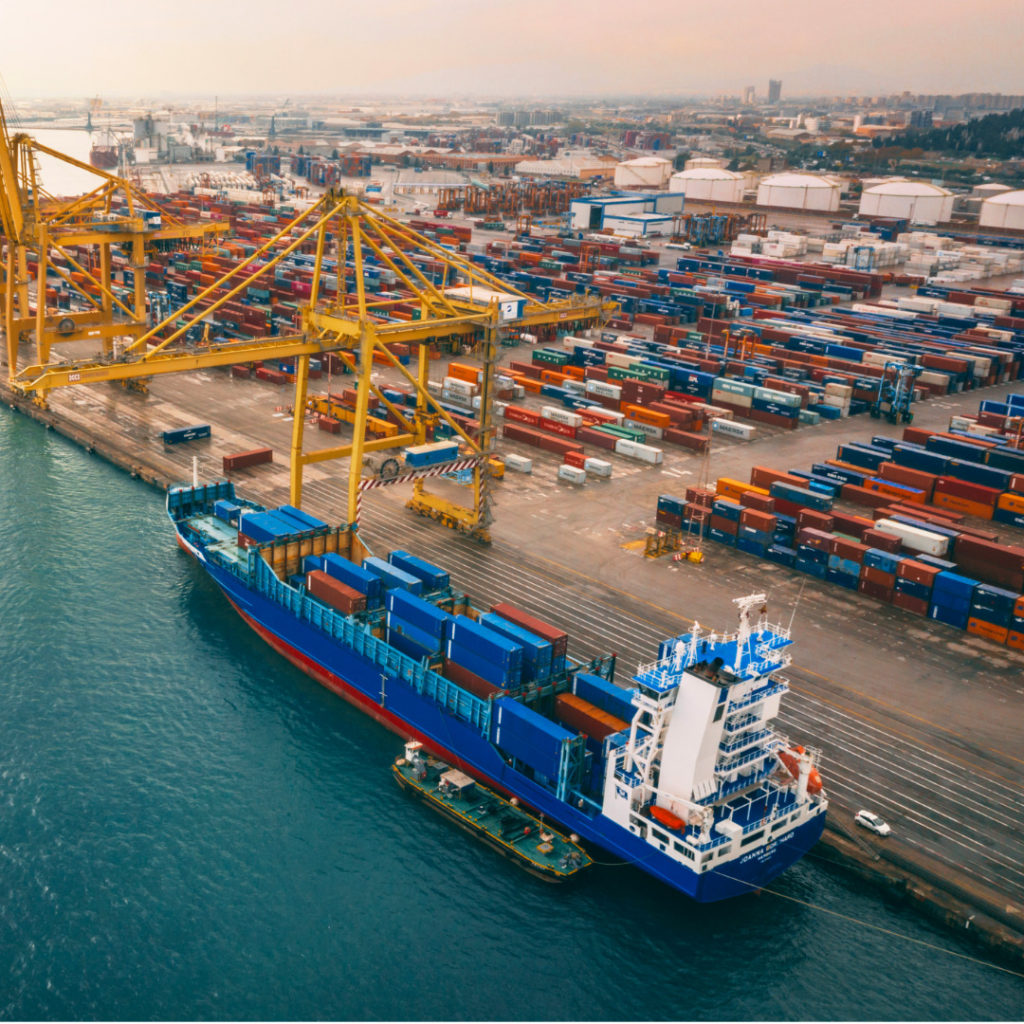With summer coming to a close, it is time to start looking ahead to the colder weather that will soon be in our geographical areas.
The need to know the fuel characteristics from your terminals are becoming more important than ever as the refining processes and more variations of crude oils make winter fuel operations more challenging than ever before.
We have already started our cloud point tracking at various terminals and are encouraging our customers to send in fuel samples from their terminals to our ET lab so that we may be able to develop reliable cloud point trend lines at these terminals. With these samples, our ET lab will also be able to characterize the fuel and by fuel testing determine which of our current products will work best and most economically for our customers.
Over the years, we have learned that in most areas a winter fuel additive by itself is not enough. A combination of a high quality winter fuel additive with sufficient concentration of anti-gel, wasa and anti-icers is necessary along with a blend of #1 fuel is necessary and very important in most applications. We have a wide variation and many different formulations winter fuel additives available but knowing your fuel’s characteristics is a important piece of information for us in determining the best product for a specific fuel.
Speaking of #1 fuel, a lot of fuel jobbers are talking about the large spreads between #1 and #2 fuels which at a lot of terminals is running up to .35 cpg to .40 cpg . Why this is they do not know for sure but one thing they agree on is if the spreads are this high now, they are all very concerned about what the spreads will be in December and January as we get into the coldest months. Could we see .60 cpg spreads which could be possible.
As we know, the rule of supply and demand is always a big factor in fuel marketing and especially with #1 fuel. For this reason, with spreads already .20 to 30 cpg higher than normal, it appears the refiners could be looking at tighter supplies this winter and one new fuel regulation may be coming into play. Effective January 1, 2020, the sulfur content of Marine fuel will be greatly reduced and the traditional use of higher sulfur fuels and bunker fuels will not be allowed with this rule. We also know that most US refineries have not been supplying much of this fuel as the US refineries have been upgraded and most only produce ultra-low sulfur fuels of less than .15 ppm sulfur. The refineries that have been supplying much of the marine fuel has been from countries who have less stringent EPA rules and clean air standards. So, when the new rule takes effect Jan. 1, 2020, this could shift a lot of the marine fuel demand to ultra low sulfur fuels which may not be able to be supplied from non-US refineries and will increase demand of #2 fuel being refined to meet the extra demand thus reducing the amount of #1 that is typically being refined.
At this time, we do not know for sure what the next few months will hold for supply and demand of #1 and #2 fuels, but we do suggest to take advantage of fuel testing, and using the best winter fuel additives as possible in case #1 may not be available or is too cost prohibitive. Even at today’s spreads of .40 cpg, that is a .04 cpg cost for every 10% of #1 fuel being used and if a fuel distributor can reduce his blend by as little as 10% that would be a cost savings of .04 cpg. If #1 cost spread would rise to .60 cpg a 10% reduction would result in a savings of .06 cpg.
Thank you and enjoy the wonderful Fall days ahead and it is time to be looking ahead.
By: Rob Frerking, ET Sales Representative
